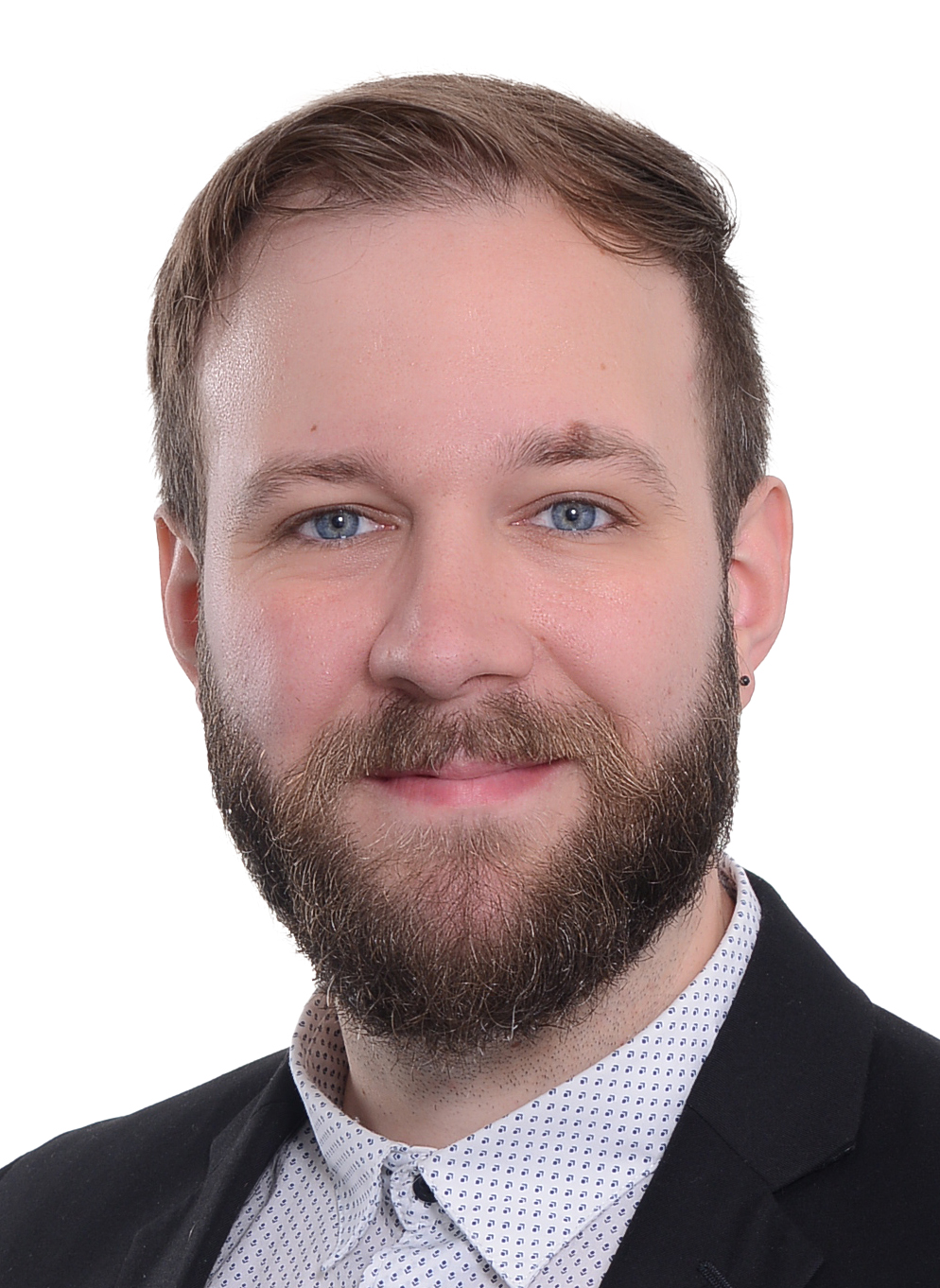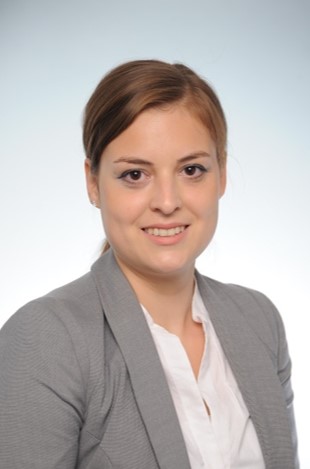Assessing Refractory Waste Management in Europe

As part of the research conducted within the ReSoURCE project, understanding and improving waste management practices is crucial for advancing industrial processes. One of the key research areas for project ReSoURCE focuses on quantifying the volume of spent refractories and tracking their destination within the European waste management system. To address this, researchers Florian Feucht (Montanuniversitaet Leoben) and Simone Neuhold (RHI Magnesita) conducted a comprehensive study to assess refractory waste flows across Europe. The public deliverable, D3.1 Review Report on Refractory Recycling in Europe, presents a structured analysis of the current state of refractory waste management in the EU.
Using a multi-step approach, the study:
- Reviewed scientific literature to understand the current knowledge base on refractory consumption and waste flows.
- Analyzed reports from industry associations to collect and correlate data on refractory usage and waste generation.
- Conducted surveys and interviews with steel and cement producers to gain firsthand insights into waste management practices.
Additionally, four case studies on on-site and off-site refractory recyclers were included to provide real-world context.
Key Findings from the Study
- Limited Reliable Data: A significant challenge in understanding refractory waste flows is the lack of updated and transparent data. The most comprehensive study in this area remains Eschner’s 2003 report, which is still widely used as a reference.
- Cement Industry Participation: Cement producers contributed more data, allowing for a clearer picture of internal reuse, external recycling, and landfill rates within this sector.
- Steel Industry Data Deficiency: Response rates from steel producers were low, making it difficult to draw conclusive insights. Available data suggests a high percentage of refractory waste is sent to landfills.
- Trend Toward External Recycling: Compared to earlier findings, the study suggests an increasing trend toward external recycling, although the overall volume of spent refractories has declined.
- Mathematical approach: The presented approach for calculating generated spent refractory volumes can be applied to analyze refractory consumption and material flows across various industries, adapted to other continents, and used for forecasting spent refractory generation.
Challenges and Opportunities for Improvement
- Improved Industry Collaboration: A more active participation is necessary to obtain a complete picture of refractory waste flows.
- Bridging Data Gaps: More structured and transparent data collection is essential to advance waste management strategies.
- Policy and Regulation Support: Governments and industry bodies should further introduce incentives to reduce landfill disposal and promote recycling.
- Innovation in Recycling Technologies: The automated sorting equipment will improve material separation and recycling efficiency.
The findings highlight both progress and persistent challenges in refractory recycling. Cement producers have demonstrated some commitment to reporting and monitoring waste management practices, whereas data availability from the steel sector remains limited. Continued industry engagement and supportive policy measures could help improve recycling rates and reduce reliance on landfill disposal.
Interested in knowing more? Check out this public deliverable on the topic D3.1 Review Report on Refractory Recycling in Europe.
References:
Eschner, A. (2003). ECO-management of refractory in Europe. 8th Unified International Technical Conference
on Refractories.

Authors’ Portrait
Florian Feucht
DI Florian Feucht is research associate at the Chair of Waste Management and Waste Treatment at the Montanuniversität Leoben and part of the Workgroup: “Environmental remediation and mineral waste”. Since 2023, he has been enrolled in the university’s PhD Program. He earned his master’s degree in Applied Geoscience from Montanuniversität Leoben, focusing on the chemical-mineralogical characterization of ladle slag. He completed his bachelor’s degree in Earth Sciences at the University of Vienna, with a thesis on the petrological study of mafic and ultramafic rocks. His research interests include the chemical mineralogical characterization of mineral wastes, mineralogy, slag mineralogy, recycling, and waste management.

Authors’ Portrait
Simone Neuhold
Dr. Simone Neuhold currently works for RHI Magnesita. Before she joined the company she was hired at Pilkington Deutschland AG/NSG Group. Simone studied at the TU Graz Chemistry and Advanced Materials Science, and at the Montanuniveristaet Leoben Waste Management and Waste Processing Technologies. Her research interests are recycling of mineral wastes, materials science and oekodesign.
